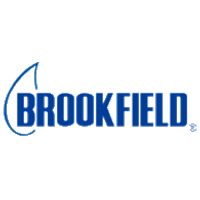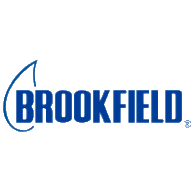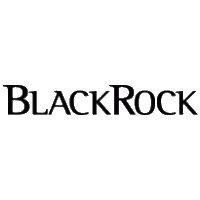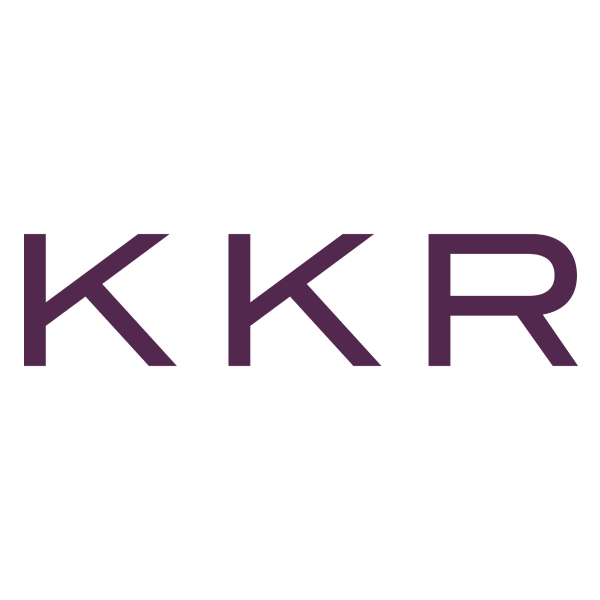
Brookfield Asset Management Inc
NYSE:BAM

Profitability Summary
Brookfield Asset Management Inc's profitability score is hidden . We take all the information about a company's profitability (such as its margins, capital efficiency, free cash flow generating ability, and more) and consolidate it into one single number - the profitability score. The higher the profitability score, the more profitable the company is.
Profitability Score
We take all the information about a company's profitability (such as its margins, capital efficiency, free cash flow generating ability, and more) and consolidate it into one single number - the profitability score. The higher the profitability score, the more profitable the company is.
We take all the information about a company's profitability (such as its margins, capital efficiency, free cash flow generating ability, and more) and consolidate it into one single number - the profitability score. The higher the profitability score, the more profitable the company is.
Profitability Score
Margins
Profit margins represent what percentage of sales has turned into profits. Simply put, the percentage figure indicates how many cents of profit the company has generated for each dollar of sale.
Profit margins help investors assess if a company's management is generating enough profit from its sales and whether operating costs and overhead costs are being contained.
Earnings Waterfall
Brookfield Asset Management Inc

|
Revenue
|
482m
USD
|
|
Operating Expenses
|
-375m
USD
|
|
Operating Income
|
107m
USD
|
|
Other Expenses
|
434m
USD
|
|
Net Income
|
541m
USD
|
Margins Comparison
Brookfield Asset Management Inc Competitors

| Country | Company | Market Cap |
Operating Margin |
Net Margin |
||
|---|---|---|---|---|---|---|
| CA |

|
Brookfield Asset Management Inc
NYSE:BAM
|
81B USD |
22%
|
112%
|
|
| US |

|
Blackstone Inc
NYSE:BX
|
152.2B USD |
50%
|
20%
|
|
| US |

|
BlackRock Inc
NYSE:BLK
|
137.5B USD |
37%
|
30%
|
|
| US |

|
KKR & Co Inc
NYSE:KKR
|
90.8B USD |
4%
|
13%
|
|
| CA |
B
|
BROOKFIELD ASSET MANAGEMENT LTD
TSX:BAM
|
112B CAD |
22%
|
112%
|
|
| CA |

|
Brookfield Corp
NYSE:BN
|
75.4B USD |
22%
|
1%
|
|
| LU |
R
|
Reinet Investments SCA
JSE:RNI
|
66.1B Zac | N/A | N/A | |
| ZA |
N
|
Ninety One Ltd
JSE:NY1
|
61.5B Zac |
27%
|
22%
|
|
| MU |
A
|
African Rainbow Capital Investments Ltd
JSE:AIL
|
59.6B Zac |
82%
|
82%
|
|
| US |

|
Bank of New York Mellon Corp
NYSE:BK
|
54.6B USD |
0%
|
24%
|
|
| UK |

|
3i Group PLC
LSE:III
|
40.9B GBP |
96%
|
98%
|
Return on Capital
Return on capital ratios give a sense of how well a company is using its capital (equity, assets, capital employed, etc.) to generate profits (operating income, net income, etc.). In simple words, these ratios show how much income is generated for each dollar of capital invested.

| Dec 31, 2024 | 20.3% |
| Sep 30, 2024 | 16.7% |
| Jun 30, 2024 | 16.2% |
| Mar 31, 2024 | 19% |

| Dec 31, 2024 | 14.3% |
| Sep 30, 2024 | 12% |
| Jun 30, 2024 | 12.1% |
| Mar 31, 2024 | 13.2% |
Return on Capital Comparison
Brookfield Asset Management Inc Competitors

| Country | Company | Market Cap | ROE | ROA | ROCE | ROIC | ||
|---|---|---|---|---|---|---|---|---|
| CA |

|
Brookfield Asset Management Inc
NYSE:BAM
|
81B USD |
20%
|
14%
|
4%
|
4%
|
|
| US |

|
Blackstone Inc
NYSE:BX
|
152.2B USD |
34%
|
6%
|
21%
|
14%
|
|
| US |

|
BlackRock Inc
NYSE:BLK
|
137.5B USD |
14%
|
5%
|
6%
|
5%
|
|
| US |

|
KKR & Co Inc
NYSE:KKR
|
90.8B USD |
13%
|
1%
|
0%
|
0%
|
|
| CA |
B
|
BROOKFIELD ASSET MANAGEMENT LTD
TSX:BAM
|
112B CAD |
20%
|
14%
|
4%
|
4%
|
|
| CA |

|
Brookfield Corp
NYSE:BN
|
75.4B USD |
1%
|
0%
|
5%
|
3%
|
|
| LU |
R
|
Reinet Investments SCA
JSE:RNI
|
66.1B Zac | N/A | N/A | N/A | N/A | |
| ZA |
N
|
Ninety One Ltd
JSE:NY1
|
61.5B Zac |
45%
|
1%
|
38%
|
79%
|
|
| MU |
A
|
African Rainbow Capital Investments Ltd
JSE:AIL
|
59.6B Zac |
13%
|
13%
|
13%
|
13%
|
|
| US |

|
Bank of New York Mellon Corp
NYSE:BK
|
54.6B USD |
11%
|
1%
|
0%
|
0%
|
|
| UK |

|
3i Group PLC
LSE:III
|
40.9B GBP |
21%
|
20%
|
19%
|
19%
|
Free Cash Flow
Free cash flow (FCF) is the money a company has left over after paying its operating expenses and capital expenditures. The more free cash flow a company has, the more it can allocate to dividends, paying down debt, and growth opportunities.
If a company has a decreasing free cash flow, that is not necessarily bad if the company is investing in its growth.

| Dec 31, 2024 | 627m |
| Sep 30, 2024 | 594m |
| Jun 30, 2024 | 546m |
| Mar 31, 2024 | 520m |

| Dec 31, 2024 | -41m |
| Sep 30, 2024 | -39m |
| Jun 30, 2024 | -39m |
| Mar 31, 2024 | -38m |





















































 You don't have any saved screeners yet
You don't have any saved screeners yet
